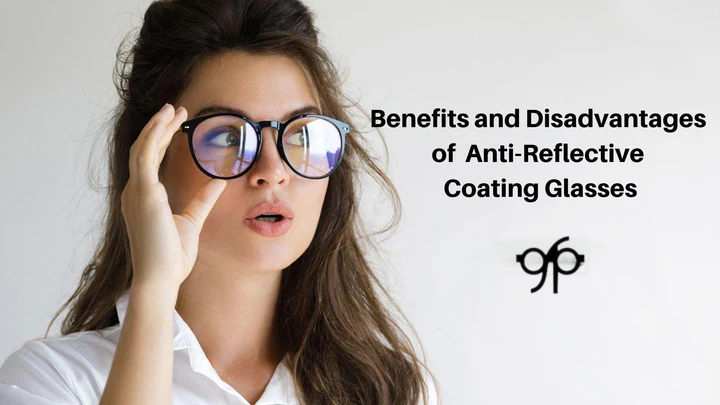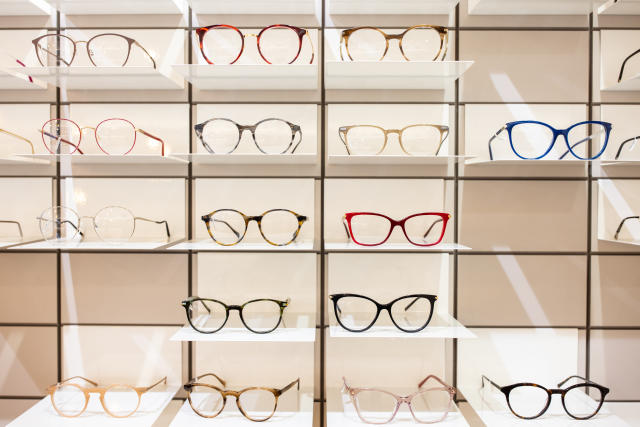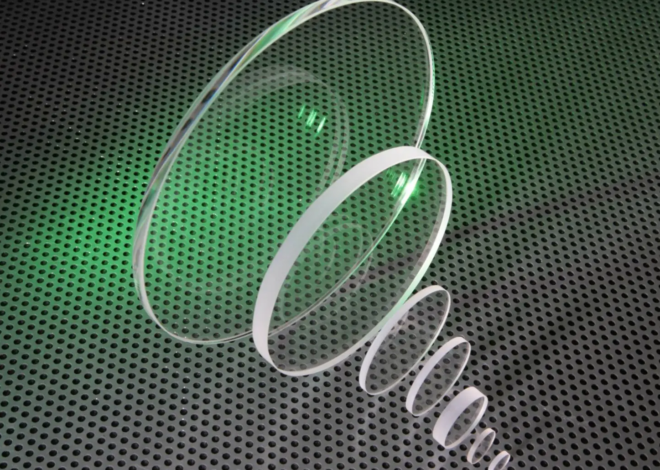
What Are Anti-Reflective Coated Lenses?
If you’ve ever looked at your glasses under bright lights or tried to take a photo only to see a glare bouncing off the lenses, then you’ve already experienced the main problem that anti-reflective (AR) coating aims to fix. AR coating is one of the most underrated yet game-changing enhancements you can add to your eyeglasses. But what exactly is it? And is it really worth the investment?
As an optical professional, I often recommend AR coating to my clients—not just for better vision, but also for comfort, appearance, and long-term eye health. In this article, we’ll walk through what AR coating is, whether it’s worth it, how it compares to polarized lenses, and more. Let’s clear up the confusion—pun intended!
Is It Worth Getting Anti-Reflective Coating on Glasses?
In short: absolutely, yes—for most people.
Anti-reflective coating, sometimes called anti-glare coating, is a thin layer applied to the surface of your lenses that eliminates reflections from both the front and back of the lens. This allows more light to pass through the lens, improving visual clarity, especially in low-light conditions like night driving or working in front of a screen.
Here’s why it’s worth it:
- Better Visual Clarity: Without reflections bouncing back into your eyes, you get sharper, more comfortable vision.
- Reduced Eye Strain: Especially if you spend hours on digital devices, AR coating can help reduce the tired, dry feeling you get at the end of the day.
- Aesthetic Appeal: Your lenses look clearer in photos and conversations—people see your eyes, not a glare.
- Night Vision Improvement: Headlight glare and halos around lights are significantly reduced, making driving at night safer and more comfortable.
The only situation where AR might not be “worth it” is if you’re using glasses solely as a fashion accessory or reading glasses that rarely leave your home. For everyone else—it’s a smart upgrade.
What Is the Point of AR Coating?
Think of AR coating as a “clean-up filter” for your lenses.
Its main purpose is to eliminate the reflections that naturally occur when light hits a transparent surface like glass or plastic. Without this coating, light bounces off the lens at various angles, causing visual noise, glare, and distractions. This becomes particularly noticeable when you’re:
- Driving at night
- Sitting under fluorescent lighting
- Staring at digital screens
- Talking on video calls or taking photos
By cutting down on these reflections, AR coating:
- Allows more light to reach your eyes (typically over 99% transmission)
- Offers cleaner, crisper vision
- Enhances your overall visual comfort
In short: it helps your lenses perform the way they were meant to.
Which Is Better, Polarized or Anti-Reflective?
This is a great question—and one that comes up a lot. But the answer depends on how you use your glasses.
Polarized lenses are primarily designed to reduce glare caused by horizontal light waves—like sunlight reflecting off water, car hoods, or snow. They’re most commonly used in sunglasses for outdoor activities.
Anti-reflective lenses, on the other hand, are designed to eliminate reflections on the lens surface—helping in both indoor and outdoor conditions, especially under artificial lights or at night.
So which one should you choose?
- For driving, computer work, or general wear: AR coating is your go-to.
- For outdoor, daytime glare (fishing, skiing, etc.): Polarized lenses are better.
- For the best of both worlds: Many high-quality lenses now offer both polarized AND AR coatings—especially in prescription sunglasses.
You don’t have to choose one or the other—they’re complementary technologies!
What Are the Disadvantages of Anti-Reflective Coating?
While AR coating has plenty of benefits, no technology is perfect. Here are some of the drawbacks you might want to consider:
- Smudging and Dust Attraction: Older or lower-quality AR coatings are notorious for attracting fingerprints and dust. However, newer versions come with hydrophobic and oleophobic layers that resist smudges and water.
- Scratches: While the coating itself isn’t necessarily more fragile, some AR-coated lenses may show scratches more clearly if not properly cared for.
- Peeling or Delamination: Over time (especially in hot or humid environments), poor-quality AR coatings can start to peel or wear off—this is why choosing a reputable lens brand matters.
- Cost: It’s an added expense, often ranging from $40 to $150 depending on the quality.
Despite these drawbacks, most people find the benefits outweigh the cons—especially with modern, premium coatings.

How Long Does Anti-Reflective Coating Last?
The lifespan of AR coating depends largely on three things:
- The quality of the coating
- How you care for your glasses
- Environmental exposure
On average, a high-quality AR coating should last 2 to 3 years or more with proper care. Some premium lenses even come with scratch and coating warranties that last the full life of the prescription.
To extend the lifespan:
- Always clean with a microfiber cloth
- Use lens cleaner or mild soapy water—never household cleaners
- Store your glasses in a protective case when not in use
- Avoid leaving them in hot cars or on dashboards
Proper maintenance makes a huge difference!
Does Anti-Reflective Coating Help Astigmatism?
Astigmatism is a refractive error caused by an irregularly shaped cornea, leading to blurred or distorted vision. While AR coating doesn’t directly correct astigmatism (that’s the job of your prescription), it does enhance the performance of your corrective lenses.
People with astigmatism are often more sensitive to glare and visual distortion. Adding AR coating helps by:
- Reducing visual “noise”, making it easier for your eyes to focus
- Improving contrast, especially at night or in low light
- Lessening fatigue, particularly during prolonged screen time
So while it’s not a treatment, it’s definitely a smart companion for astigmatic prescriptions.
Anti-reflective coating may not be the flashiest upgrade, but it’s one of the most valuable ones you can make to your eyeglasses. From reducing glare and enhancing vision to improving your overall eye comfort, AR coating supports not just how well you see—but how well you feel while seeing.
If you’re someone who wears glasses daily, drives often, works in front of screens, or simply wants to look your best without the distraction of reflections, then AR coating is more than worth considering—it’s essential.



